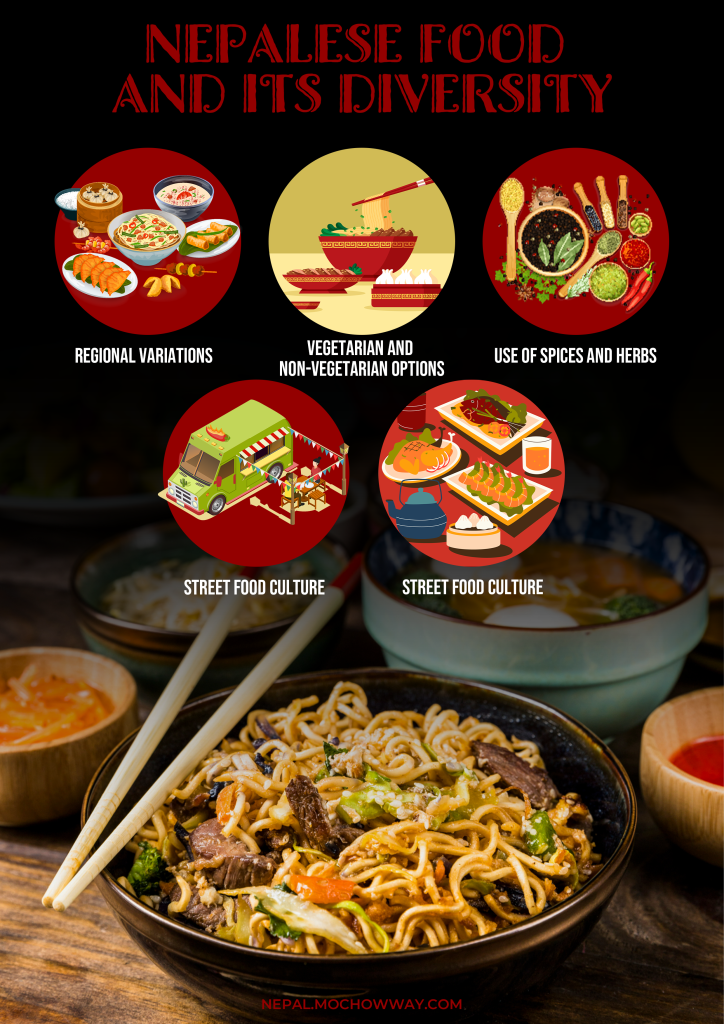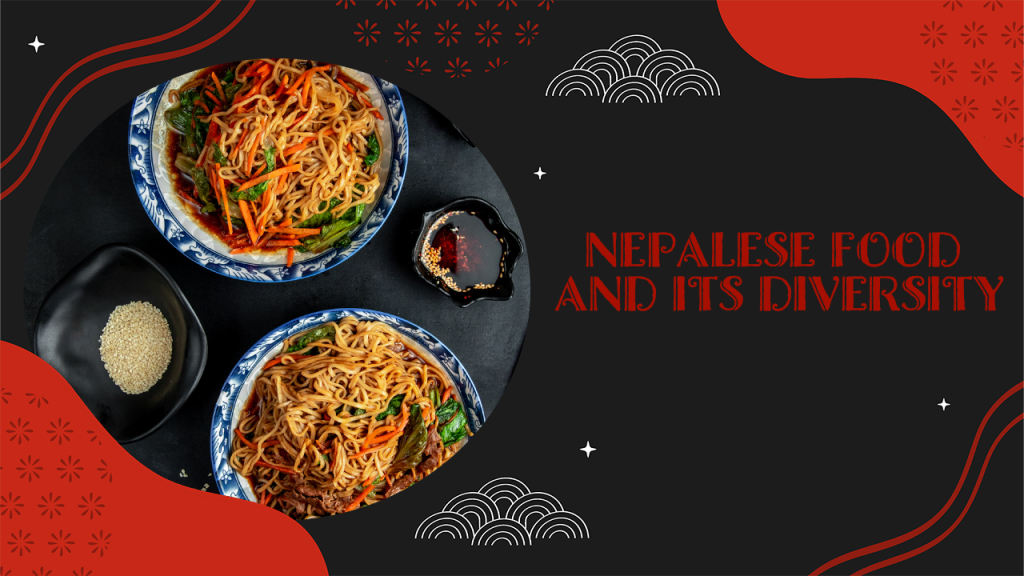Nepalese cuisine is one of the most diverse and flavorful cuisines in the world. With influences from its neighboring countries such as India, China, and Tibet, Nepalese food is a fusion of different spices, herbs, and cooking techniques. In this blog, we will explore the diversity of Nepalese food and what makes it so unique.
Regional Variations
Nepalese cuisine varies from region to region, with each region having its own unique flavors and cooking styles. For example, the Newari cuisine of the Kathmandu Valley is known for its spicy and tangy flavors, while the cuisine of the Terai region is more influenced by Indian cuisine and features dishes such as biryani and dal makhani.
Vegetarian and Non-vegetarian Options
Nepalese cuisine is diverse in terms of both vegetarian and non-vegetarian options. While the cuisine is predominantly vegetarian, there are also a variety of meat dishes, including goat, chicken, and buffalo. One of the most popular non-vegetarian dishes is momo, a steamed or fried dumpling filled with meat or vegetables.
Use of Spices and Herbs
Spices and herbs are an essential part of Nepalese cuisine, and they are used to enhance the flavor of dishes. Some of the most commonly used spices include cumin, coriander, turmeric, and chili powder. Herbs such as ginger, garlic, and fenugreek are also used in many dishes.
Street Food Culture
Nepal has a vibrant street food culture, and there are many popular street foods that are unique to the country. One of the most popular street foods is chatamari, a thin rice crepe topped with vegetables and eggs. Another popular street food is sel roti, a sweet fried dough made with rice flour and sugar.
Festive Food
Nepalese cuisine also has a strong connection with festivals and celebrations. During festivals such as Dashain and Tihar, families come together to prepare elaborate feasts, which often include traditional dishes such as khasi ko masu (spicy goat meat curry), aloo tama (potato and bamboo shoot curry), and sel roti.

Conclusion
In conclusion, Nepalese cuisine is diverse in itself, with regional variations, vegetarian and non-vegetarian options, the use of spices and herbs, street food culture, and festive food. With its unique flavors and cooking styles, Nepalese food is a true reflection of the country’s rich cultural heritage and is sure to satisfy any food lover’s taste buds.



